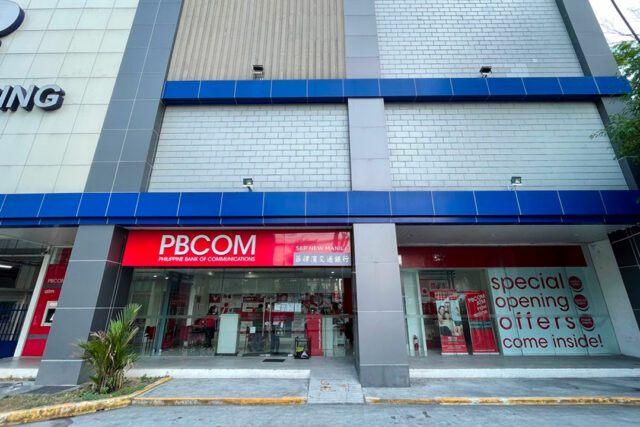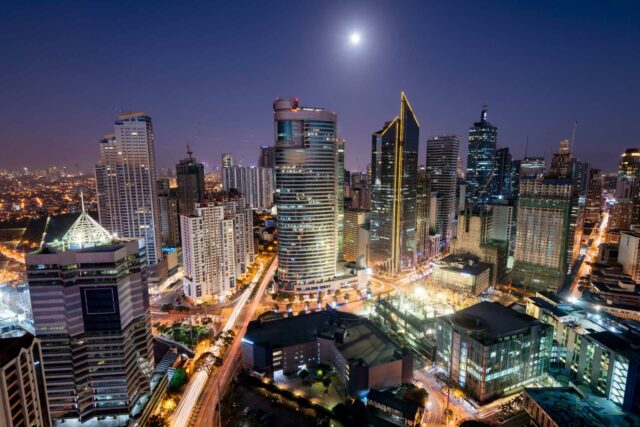APPLE, Inc., aiming to catch up with rivals in the smart home market, is nearing the launch of a new product category: a wall-mounted display that can control appliances, handle videoconferencing, and use artificial intelligence (AI) to navigate apps.
The company is gearing up to announce the device as early as March and will position it as a command center for the home, according to people with knowledge of the effort. The product, code-named J490, also will spotlight the new Apple Intelligence AI platform, said the people, who asked not to be identified because the work is confidential.
Chief Executive Officer Tim Cook is betting that the product can make Apple a force in the smart home segment, where the company has trailed behind Alphabet, Inc. and Amazon.com, Inc. in recent years. He has made the device a priority for the company’s engineering and design departments, and is pushing to get it to market after more than three years of development.
A representative for Cupertino, California-based Apple declined to comment.
The device has a roughly six-inch screen and looks like a square iPad. It’s about the size of two iPhones side by side, with a thick edge around the display. There’s also a camera at the top front, a rechargeable built-in battery and internal speakers. Apple plans to offer it in silver and black options.
The product has a touch interface that looks like a blend of the Apple Watch operating system and the iPhone’s recently launched StandBy mode. But the company expects most people to use their voice to interact with the device, relying on the Siri digital assistant and Apple Intelligence. The hardware was designed around App Intents, a system that lets AI precisely control applications and tasks, which is set to debut in the coming months.
The product will be marketed as a way to control home appliances, chat with Siri, and hold intercom sessions via Apple’s FaceTime software. It will also be loaded with Apple apps, including ones for web browsing, listening to news updates and playing music. Users will be able to access their notes and calendar information, and the device can turn into a slideshow display for their photos.
A first for Apple, the device will compete with Amazon’s Echo Show and Echo Hub smart displays, as well as Google’s Nest Hub. It’s also reminiscent of Meta Platforms, Inc.’s Portal, a failed videoconferencing device from the social media giant. Apple is already planning a more expensive follow-up version with a robotic limb that can move the screen around. Apple plans to market that technology as a home companion with an AI personality.
The higher-end product could be priced at as much as $1,000 depending on the components it uses, the people said. The display-only device will be far less than that, approaching the cost of competitors’ products. The Echo Show 8 is priced at $150, while the Echo Hub is $180. The Nest Hub Max costs $230.
Apple has designed different attachments for the device, including ones that affix the screens onto walls like a classic home-security panel. There will be bases with additional speakers that can be placed in the kitchen, on a nightstand or on a desk. Apple imagines the FaceTime feature being used while cooking or for videoconferencing during work meetings.
A person familiar with its development said the product is designed to bring Siri and Apple Intelligence to life in a way that hasn’t happened before. Last month, the company rolled out a limited set of Apple Intelligence features for iPhones, iPads, and Macs. More advanced capabilities — like generative AI for images and an integration with OpenAI’s ChatGPT — are coming in December.
The screen device, which runs a new operating system code-named Pebble, will include sensors to determine how close a person is. It will then automatically adjust its features depending on the distance. For example, if users are several feet away, it might show the temperature. As they approach, the interface can switch to a panel for adjusting the home thermostat.
The newly designed operating system will also include a customizable home screen where users can run widgets for checking stock tickers, the weather, and appointments. Or they can configure the screen to highlight key home controls. There will also be a dock for quickly launching favorite apps and an iPhone-like home screen grid of software icons.
During development, Apple discussed launching an app store as part of the device, but it recently decided to exclude this feature — at least in the initial version.
The product will tap into Apple’s long-standing smart home framework, HomeKit, which can control third-party thermostats, lights, locks, security cameras, sensors, sprinklers, fans, and other equipment. Apple supports hundreds of accessories with HomeKit and offers iCloud online storage plans for home security footage.
Security will be a particular focus for the new device. It will deliver security alerts and display camera footage, including video from smart doorbells. It also will serve as an intercom system between rooms in homes with multiple Apple displays.
Apple has explored building its own line of smart home accessories, including an indoor security camera that could double as a baby monitor. The idea would be to emphasize privacy controls, one of Apple’s hallmarks. If the smart home display is successful, the company could prioritize plans to bring such accessories to market.
Apple also is working on a system that will let the home device sense how many people are nearby. That approach relies in part on external sensors that could be placed in wall outlets in the vicinity of the device, but those accessories may come later or get canceled altogether.
The product will be a standalone device, meaning it can operate almost entirely on its own. But it will require an iPhone for some tasks, including parts of the initial setup. It will also work with Apple’s Handoff feature, which lets users trigger a function on one device and then continue on their iPhone after walking away.
The project is a collaboration between several Apple teams, including the home hardware engineering group led by executive Matt Costello and the software engineering ecosystems group run by Arun Mathias. Mr. Costello and Mr. Mathias are known as the “executive sponsors” responsible for development of the product. Apple’s industrial and human interface design teams also are heavily involved.
Ultimately, Apple hopes it can sell multiple units of the device to consumers, who will place them around the house and use them several times a day. — Bloomberg













